
Somewhere between whiskey and vodka on the spectrum of liquors lies rum, a spirit with a rich history and an extensive list of styles that includes both dark and clear versions. It is a staple of bars and liquor cabinets, and is the main ingredient in some of the most popular call drinks and cocktails.
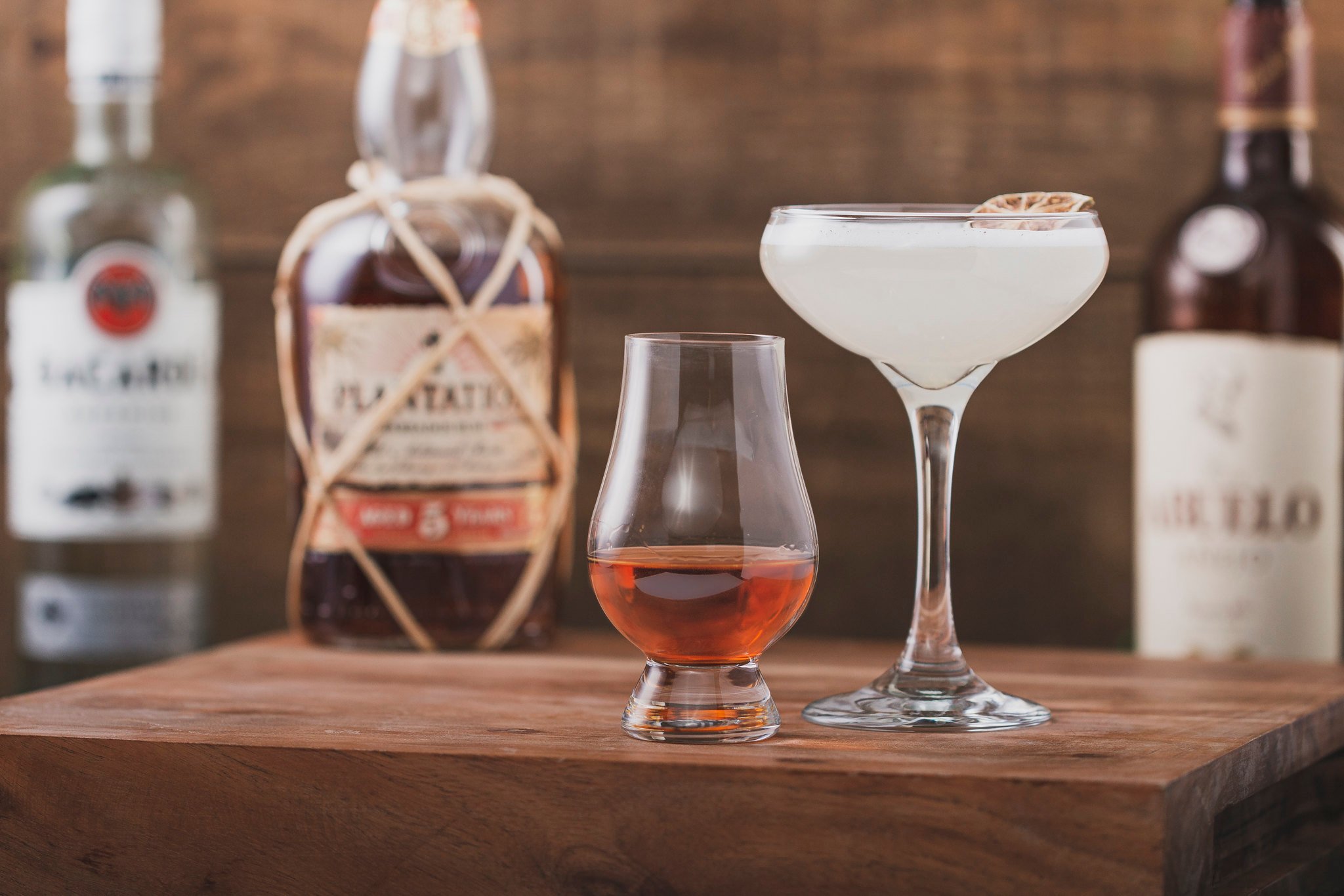
KegWorks is proud to partner with online craft spirit retailer Curiada to present A Complete Guide to Rum, written by award winning travel and drinks writer Mike Gerrard, from The Vodka Guy and Travel Distilled, for a closer look at this essential spirit. Curiada is a craft spirits marketplace. All products featured on Curiada are selected based on expert opinions of quality and unbiased reviews, never pay for play.
What is Rum
Rum is one of the world's most popular spirits and is made wherever sugarcane can be grown. It is derived from molasses, which is created when sugarcane is crushed and boiled. The molasses is then fermented and distilled.
Where does Rum come from?
It's mostly associated with the Caribbean islands, but is also made in some South American countries, such as Guyana and Colombia, and in Central America too, including Nicaragua and Honduras. There's no geographical restriction, though, and you'll find rum being made in other countries, such as India, and in some US states, including Louisiana.
You'll even find references to rum from unlikely places like Scotland and England, but as they don't grow sugarcane there they import the raw ingredients and distill the rum. Some companies import the actual rum, perhaps adding spices or blending two or more rums to create something new, and sell it as English rum. They used to make a lot of rum in New England, back in the 18th century, from sugarcane molasses brought in from the Caribbean on trading ships. This is all possible because there's no legal definition of what rum is.
How is rum made?
Most rum is made from molasses, which comes from sugarcane. The sugarcane is crushed and the juice is boiled, which produces sugar crystals and molasses. The two are then separated to provide both sugar and molasses. Some distilleries use the pure sugarcane juice to make their rums, rather than molasses.
In some countries where sugarcane doesn't grow they produce molasses from crushing sugar beets, and though this can be distilled to produce an alcoholic spirit, it isn't usually called rum. In Brazil they produce a spirit from sugarcane juice, which is similar to but slightly different from rum, and called cachaça.
Water is added to the molasses and some distilleries also add their own yeast, while others rely on wild yeasts to help start the fermentation process. Once fermentation has happened, the liquid is then distilled to produce the rum, with no one particular kind of still being used. All these factors influence the eventual taste of the rum, a spirit that is as varied as whiskey in its flavor possibilities.
What Does Rum Taste Like
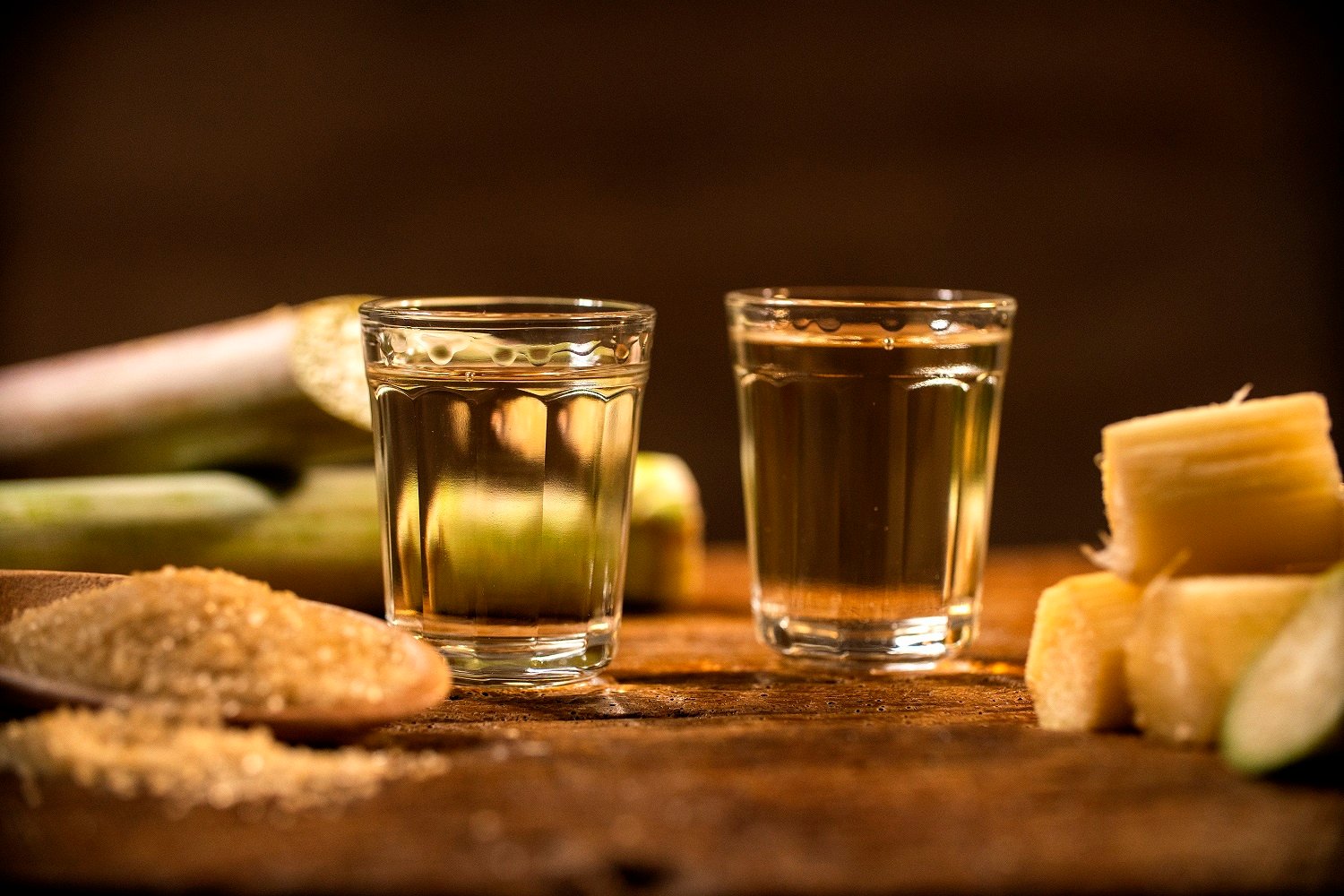
Rum, like whisky and wine, definitely has terroir. The taste is influenced by the original sugarcane, and by the climate where it's grown. It's influenced by the water, and by the type of yeast being used. Some yeasts work more quickly and tend to produce lighter rums, while slower-working yeasts tend to produce darker and more complex rums. Also, different yeasts produce different flavors. The distillation method and type of still being used also have an influence on the final taste of the rum, as does the way it is stored. Aged rums have a more complex taste and aroma, due to the type of barrel being used. In addition, rums can also be blended to create even more variety.
Unlike some spirits, there is no minimum aging period for rum, and no rules about the kind of barrel that is used. With bourbon, distillers have to use a brand new charred American oak barrel, and after they're finished with these they are then often sold on to rum producers. Naturally a barrel that has aged bourbon for one year is going to impart different flavors from one that has aged bourbon for ten years.
Because of the raw ingredients used, rum generally has a sweetish taste to it, which is one reason it goes well in cocktails that use tropical flavors, like coconut and pineapple. Rums aged in ex-bourbon barrels also often pick up some vanilla and caramel tastes from the wood, adding to the sweetness, but as with whiskey there can be all kinds of smells and tastes swirling around in the spirit so that the sweetness doesn't overwhelm. Spices like pepper and cinnamon offer a contrast.
Some rums will have notes of fruit, like apricots and oranges, and some barrels give a definite woody smell. You might also detect some grassy/hay aromas, particularly in rums made from sugarcane juice, which isn't surprising as sugarcane is, after all, a type of grass.
Types of Rum
There are several types of rum to choose from, so you should try them all to see if you prefer any particular style. Again, there is no universal legal definition for these, and there are also regional and national variations. Unlike tequila, where a silver or blanco tequila is legally defined, there's no such definition for rum.
Light Rum
Light rums might also be called white rums, silver rums, or blanco rums, depending where they come from. As a general rule, these are unaged rums that have yet to develop more complex flavors from the aging process. They therefore tend to be sweeter and are good for cocktails but not so good for sipping.
Gold Rum
Gold or amber rums are somewhere in the middle between light and dark rums. They're usually a pale golden color, the depth of color depending upon how long they've been aged in the barrel, and which type of barrel was used. These rums can be used in cocktails or sipped neat as they have started to develop a fuller flavor than the white rums, adding some spicy notes to counter the natural sweetness.
Dark Rum
Dark rums have obviously aged longer than gold rums, picking up more color from the barrel, along with more aromas and flavors. They might also be called by the shade of color that they have, like black, brown, or even red.
Don't assume that all the color comes from the wood, though. Because of that lack of regulation for rums, some distillers add artificial coloring to make a light rum darker, and therefore command a higher price. Some rums will get their coloring from the addition of caramel, which also affects the flavor slightly. It's why it's important to read labels and full product descriptions, and buy from reputable sources. A distiller doesn't have to declare that they have used coloring, but some distillers will say if there are no additives.
Spiced Rum
Beyond these three main categories are a few others to be aware of. A popular type of rum is spiced rum, and these will also vary in taste depending on the spices used. Popular spices are those typical of the regions where rums are made, including pepper, cardamom, cloves, and cinnamon, all natural ways to enhance the flavor of rum. Be warned that spices can also be used to mask the flavor of a cheap rum.
Flavored & Overproof Rum
There are two other styles of rum that are also common in other spirits. The first is flavored rum, with flavors such as banana, pineapple, and coconut being popular. The flavors are usually artificial, not the real thing, but that doesn't mean they're not tasty and refreshing as a long drink, neat, or in a cocktail.
Finally you can find overproofed rums, just as you have cask-strength whiskies and navy-strength gins. Most rums are bottled at 40% ABV (80 proof), give or take a little. Overproof rums can be anything above that, even as high as 80% ABV (160 proof). These are potent drinks, and while they can be enjoyed neat they are best saved for cocktails.
How To Drink Rum
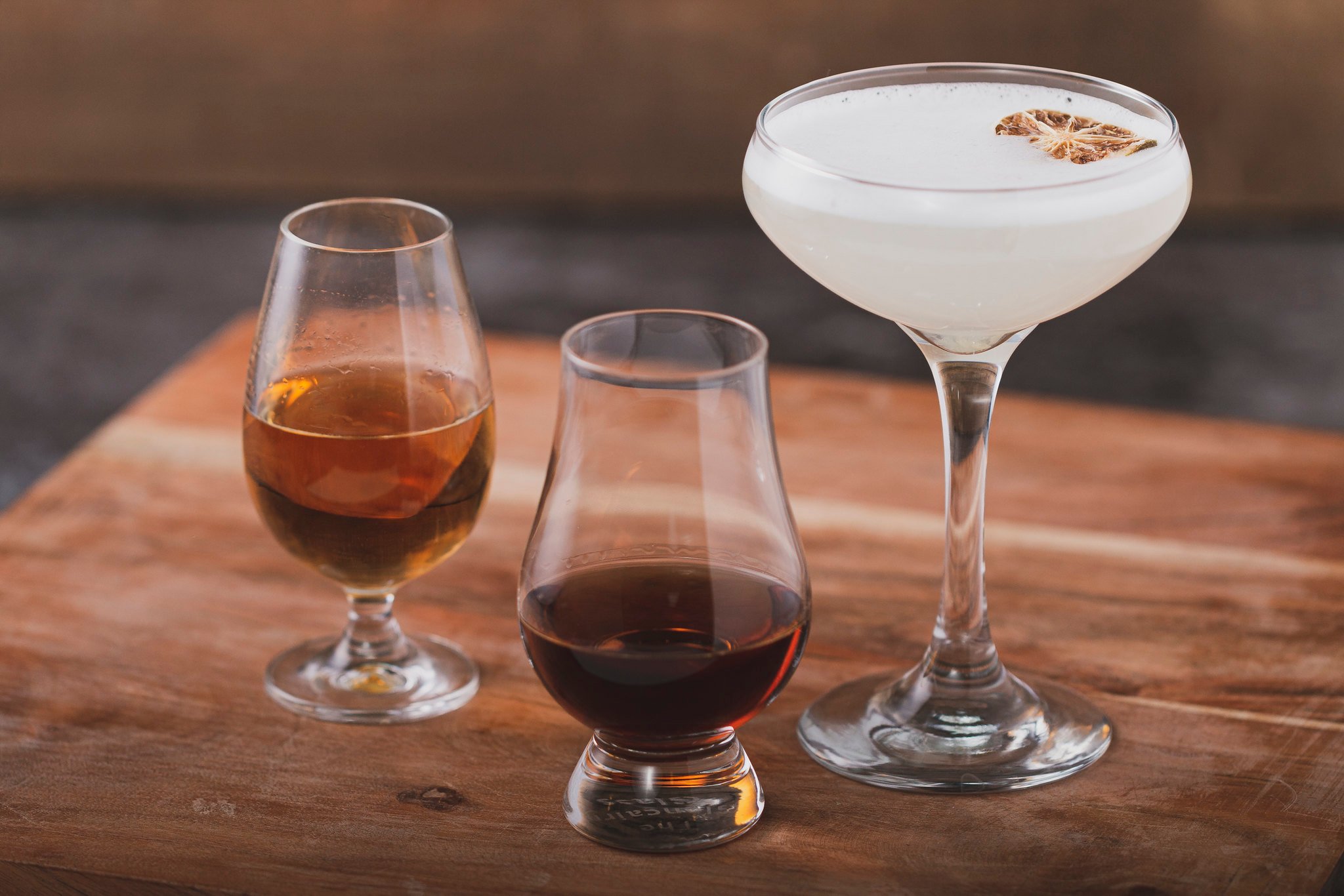
Rum, like whiskey, is versatile. The cheaper, bottom-shelf rums are best used in cocktails rather than sipped neat or on the rocks. These are usually, but not exclusively, white rums. You might find you have a taste for them neat, or perhaps with ice and a dash of lime juice, but generally their taste needs a bit of help from other ingredients.
With amber and gold rums, they can be enjoyed many ways. Some will be better for sipping than others. If you find a good one, you can enjoy it neat or on the rocks, perhaps with some lime juice and/or a lime wedge. You can use them in cocktails or as the basis for a simple long drink using any tropical-style fruit juice, like orange, mango, pineapple, or coconut.
When you get to the top-shelf rums, you'll definitely want to treat these with a little reverence. In the hands of a skilled bartender, these can transform any cocktail into something outstanding. However, if that's not you then you might want to sip them neat. You can enjoy them on the rocks too, but don't go wild. One or two ice cubes will do, as you don't want to dilute the flavors or cool the rum down too much. It is primarily a tropical drink after all, and you don't need to keep it in the fridge either.
As for what to drink it in, there is no standard glass, but most rum fans like to use either a brandy glass or a whiskey glass, like the Glencairn Glass, especially to enjoy those aromas to the full.
Popular Rum Brands
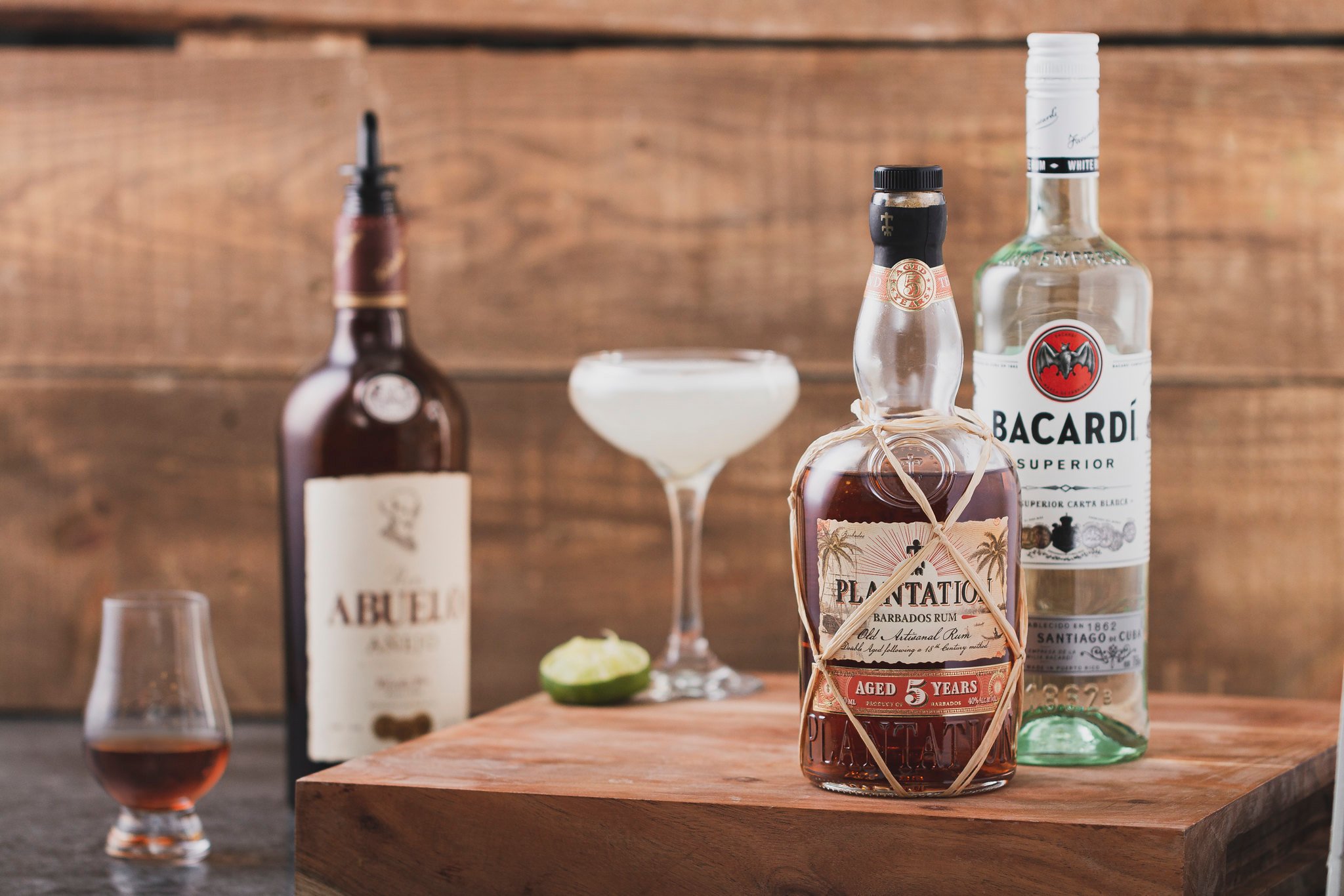
The history of rum is long and enjoyable enough to have filled several books, and has introduced some of the most famous brands in the world. It's associated with dazzling Caribbean islands, and with swashbuckling pirates, although none of them did actually say 'Yo-ho-ho and a bottle of rum'. That was a phrase invented by the Scottish author Robert Louis Stevenson in his book Treasure Island. Stevenson thought it was something that pirates ought to say.
One of the best-known names in rum is undoubtedly Bacardi, so much so that people will often ask for a Bacardi and Coke rather than a Rum and Coke. Its history goes back to a Spanish wine merchant, Facundo Bacardí Massó, who emigrated to Cuba in 1830. Back then, rum was the poor man's firewater, and not agreeable to the more sophisticated palate of the wine drinker. Massó started trying to make Cuban rum a more enjoyable drink and eventually he succeeded, so much so that the company he founded is today one of the biggest spirits companies in the world. It owns famous brands like Grey Goose, Tequila Patron, Bombay Sapphire, several Scottish whisky distilleries, and a handful of cognac brands too.
One of the brand names owned by Bacardi, though only in the USA, is Havana Club. Here business, history, politics and rum all come together. Havana Club was started in Cuba in 1934. After the Cuban Revolution, two things happened. The Havana Club distillery was nationalized, but because of the US embargo they couldn't export Havana Club to the USA. The second thing that happened was that the Bacardi company left Cuba, taking with them the Havana Club recipe, which they had bought. They started producing Havana Club for the US market in Puerto Rico. Litigation ensued... and still hasn't been resolved.
Gosling's is another well-known rum name, whose rums are available all over the world. On top of that, they created the Dark 'n' Stormy rum cocktail, and have officially trademarked the name. It's a name with a fascinating story behind it.
In 1806 a young Englishman named James Gosling, the eldest son of a wine and spirits merchant in London, set sail with £10,000-worth of wines and spirits on board his chartered ship, The Mercury. Gosling was headed for Virginia, but unfortunately there was very little wind going across the Atlantic and the ship's charter ran out before it could get there. Instead it was blown south towards the Caribbean and eventually dumped Gosling and his cargo in Bermuda.
Undeterred, Gosling opened a liquor store and sold enough of his stock to warrant his brother sailing out to join him and open a second store. They began distilling rum and sold it straight from the barrel in their stores. Customers had to bring their own container. In the 1920s they started bottling it in empty champagne bottles that they collected from the local British naval base. Lacking corks, they used black sealing wax instead, and so Gosling's Black Seal Rum was born.
One rum name which isn't quite as well-known as those big boys, but which predates all of them, is El Dorado. El Dorado rums are produced at a distillery which has stood on the banks of the Demerara River in Guyana, on the Caribbean coast of South America, ever since 1670. Demerara sugar gets its name from the river, as Guyana has long been known for its sugar - and therefore rum - production. The distillery has some of the oldest stills in the world, some being made of wood rather than the more usual copper or steel.
Craft Rum
You don't have to have a big name to make good rum, though. Some of the finest and more experimental rums are being made by smaller craft distillers, or even traditional distillers, not afraid to push the boundaries of this fascinating spirit.
The Worthy Park Estate is slap in the middle of the island of Jamaica, and can trace its roots back to 1670, and has been making rum since the 1740s. The estate has its own sugar cane plantation and therefore produces all its own molasses, which isn't the case with all distilleries. Say it quietly, but much of the molasses used in the Caribbean to make rum is imported from Brazil. Not at Worthy Park, though.
Worthy Park makes several rums but outstanding is their Worthy Park Single Estate Reserve. This is a blend of rums that have been aged for between 6-10 years and is worthy of the name craft rum as it is 100% single estate produced, distilled in small batches, and blended and bottled on-site.
Santa Teresa 1796 is a rum made in the Aragua Valley in Venezuela, in a hacienda founded in 1796, and which has been making rum since 1830. The rum was created in 1996 for their bicentennial, and uses blends of rums that have been aged for up to 35 years in ex-bourbon barrels. The distillery then uses the solera method, most commonly used for making sherry and other fortified wines, and which is a painstaking process. Barrels are stacked on top of each other, with the oldest wine or spirit being in the bottom barrels - solera is the Spanish word for 'on the ground'. Younger liquids are in higher barrels, and are periodically blended with lower barrels, though no barrel is ever fully drained. This way some of the older spirits are always present, sharing their complexities with the younger ones. It's a labor-intensive process, and the distiller really has to know what they are doing, but the result in this case is a beautiful rum.
6 Popular Rum Cocktail Recipes

Rum is the basis of numerous cocktails whose fame has spread around the world. Here are six of the best-known. If you like experimenting, you can substitute rum in cocktails usually made from whiskey or other spirits, like a Negroni or a Cosmopolitan.
Daiquiri
The daiquiri was created in Cuba in 1896 by an American mining engineer who was working there. Fond of parties, one night he ran out of gin so decided to create a cocktail using some of the island's everyday rum. The International Bartenders Association (IBA) official recipe is:
- 6 cl white rum
- 2 cl lime juice
- 2 bar spoons superfine sugar
Preparation
In a cocktail shaker add all ingredients. Stir well to dissolve the sugar. Add ice and shake. Strain into a chilled cocktail glass.
Pina Colada
This has been made the official cocktail of Puerto Rico, and its name is the Spanish for 'strained pineapple'. It's said to have been invented in 1954 by bartender Ramón "Monchito" Marrero at the Caribe Hilton Hotel in San Juan, Puerto Rico. The IBA recipe is:
- 50 ml White Rum
- 30 ml Coconut Cream
- 50 ml Fresh Pineapple Juice
Preparation
Blend all the ingredients with ice in an electric blender, pour into a large goblet or Hurricane glass and serve.
Dark 'n' Stormy
This rum cocktail has a dark and stormy history. It's been copyrighted by the Gosling Brothers company, who say they created it on Bermuda and have sued people who they say have stolen it. The IBA recipe is:
- 6 cl dark rum
- 10 cl ginger beer
Preparation
Fill glass with ice, add ginger beer and top with rum. Garnish with lime wedge.
Mojito
The origins of the mojito are disputed, though it's generally accepted that it's yet another Cuban cocktail, originating in Havana. The IBA recipe is:
- 4 cl white rum
- 3 cl fresh lime juice
- 6 sprigs of mint
- 2 teaspoons sugar (or 2 cl of sugar syrup)
Preparation
Muddle mint leaves with sugar and lime juice. Add a splash of soda water and fill the glass with cracked ice. Pour the rum and top with soda water. Garnish with sprig of mint leaves and lemon slice. Serve with a straw.
Caipirinha
This is the national cocktail of Brazil though it may have originated in Portugal in the early 20th century. The IBA recipe is:
- 60 ml cachaça
- 1 lime cut into small wedges
- 4 teaspoons sugar
Preparation
Place lime and sugar into old fashioned glass and muddle (mash the two ingredients together using a muddler or a wooden spoon). Fill the glass with ice and add the Cachaça.
Mai Tai
Victor J. Bergeron, better-known as Trader Vic, claims to have invented the Mai Tai at his bar and restaurant in Oakland, California, in 1944. He wanted to create a rum cocktail for two friends who were visiting from Tahiti, and when one of them took a sip she said, “Mai Tai-Roa Aé.” This means “Out of this world - the best” in Tahitian. The IBA recipe is:
- 3 cl amber Jamaican rum
- 3 cl Martinique molasses rum
- 1.5 cl orange curaçao
- 1.5 cl orgeat syrup
- 3 cl fresh lime juice
- .75 cl simple syrup
Preparation
Shake all ingredients with ice. Pour unstrained into glass. Garnish and serve with a straw.
Tags:

Mike Gerrard
Mike Gerrard is an award-winning travel and drinks writer who has visited distilleries all over the world, and divides his time between his homes in England and Arizona. He publishes two websites devoted to spirits: The Vodka Guy and Travel Distilled.


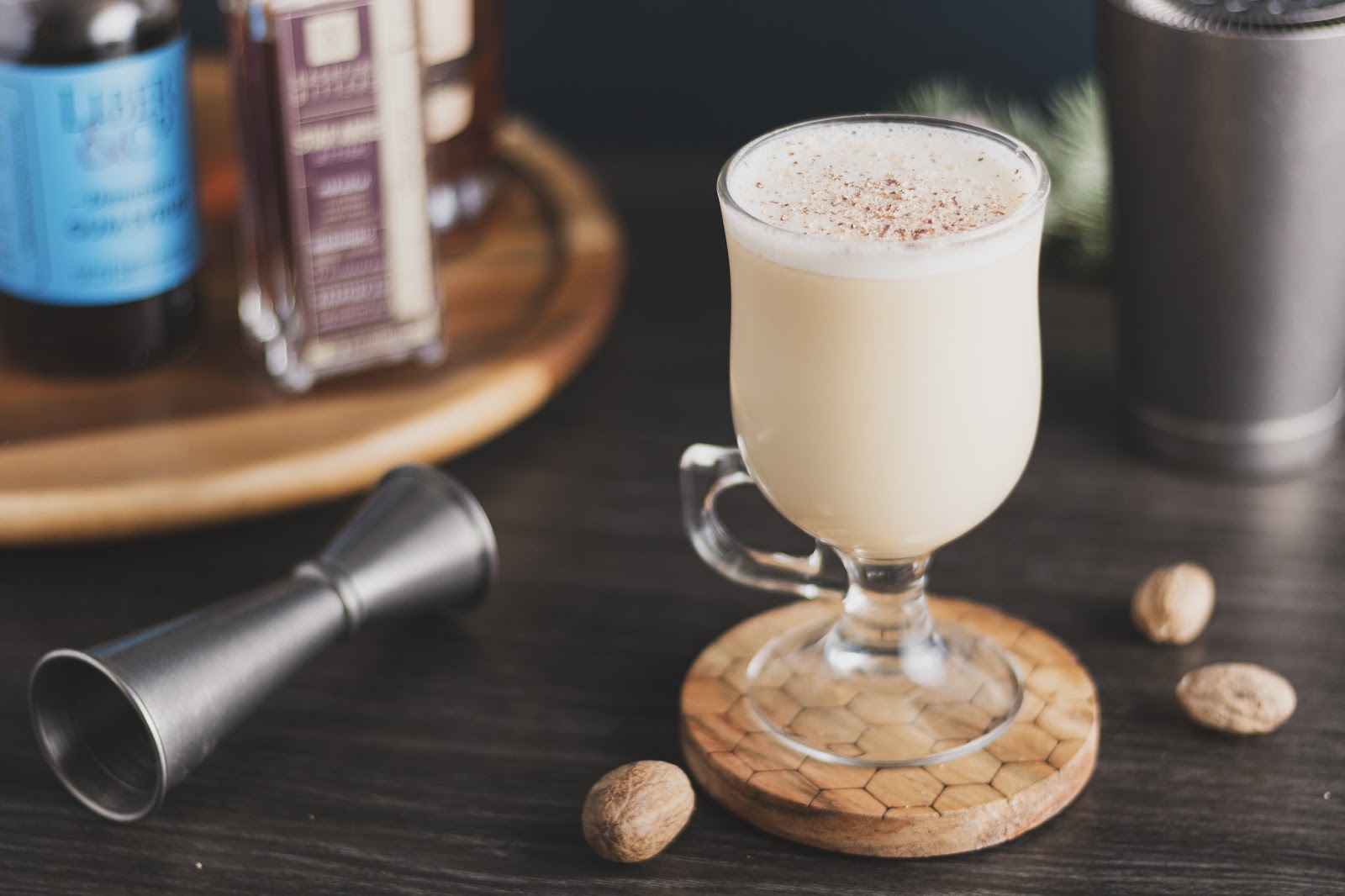
Leave a Comment